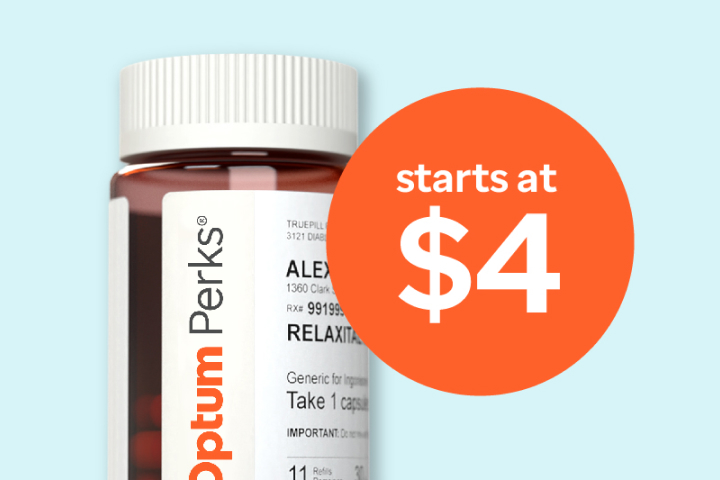Some diabetes medications regulate blood sugar levels. They do this in various ways, like stimulating insulin production or reducing glucose production.
Other medications act as a substitute for a hormone called insulin, which your body lacks. (Insulin itself is one of these medications.) They help move glucose into cells.
The choice of medication depends on several factors, such as the type of diabetes you have and your treatment goals.
What are the different types of diabetes medications?

The two main categories of diabetes medications are oral medications and injectable medications:
- Oral diabetes medications: You take these medications by mouth to help regulate blood sugar levels. Some medications stimulate the pancreas to produce more insulin, while others decrease the amount of glucose the liver produces. And other oral medications enhance the body’s response to insulin.
- Injectable diabetes medications: These medications are administered through injections, and the most widely used injectable medication is insulin. Apart from insulin, other injectable medications may slow down food digestion, boost the body’s natural insulin production, or reduce glucose production in the liver to regulate blood sugar levels.
How does each work?
Different diabetes medications work in various ways to lower blood glucose levels.
Oral diabetes medications
Some oral medications, like sulfonylureas and meglitinides, stimulate the pancreas to produce more insulin. This increase in insulin helps transport glucose from the blood into the cells, lowering blood sugar levels.
Other oral medications, like metformin (Glumetza), work by reducing the amount of glucose that the liver produces. Additionally, medications called thiazolidinediones, such as pioglitazone (Actos), may improve insulin sensitivity. This allows the body to use insulin more effectively.
Injectable diabetes medications
Injectable diabetes medications, such as insulin, act as a substitute for the hormone insulin when the body does not produce it or when the body needs more of it.
Insulin helps transport glucose from the blood into the cells, which it then stores or uses for energy. This action helps lower blood sugar levels.
Other injectable medications, like glucagon-like peptide-1 (GLP-1) receptor agonists, stimulate insulin production, reduce appetite, and slow digestion. Examples of these medications include semaglutide (Ozempic) and liraglutide (Saxenda).
Oral diabetes medications
Some of the common classes of oral diabetes medications include:
Biguanides
Metformin (Glumetza) is the number one medication for type 2 diabetes under this class of medications. It works by reducing the amount of glucose the liver produces and increasing the body’s sensitivity to insulin.
Metformin (Glumetza) starts to work within a few hours and reaches its maximum effect within 24-48 hours. You typically take it once or twice daily with meals.
Common side effects may include:
- nausea
- diarrhea
- abdominal discomfort
Sulfonylureas
Sulfonylureas are a class of medications that directly stimulate the beta cells in your pancreas to release more insulin.
You typically take these medications once or twice daily, depending on the prescribed medication. Glipizide (Glucotrol XL) and glyburide (Glynase) are common examples.
Possible side effects of sulfonylureas may include:
- low blood sugar (hypoglycemia)
- weight gain
- gastrointestinal upset
DPP-4 inhibitors
DPP-4 inhibitors work by preventing the loss of incretin hormones. This leads to increased levels of incretins, which encourage the body to produce insulin and release less of the hormone glucagon.
All DPP-4 inhibitors are taken once daily before or after meals. Common examples include sitagliptin (Januvia) and linagliptin (Tradjenta).
Common side effects may include upper respiratory tract infections and headaches.
Injectable diabetes medications
These medications are usually administered through injections, which are often prescribed for people with type 1 or 2 diabetes when oral medications do not work well enough to manage blood sugar.
Insulin
Insulin is important for people with type 1 diabetes since their bodies do not produce insulin on their own. Healthcare professionals may also offer it to people with type 2 diabetes.
There are different types of insulin, including:
- rapid-acting
- short-acting
- intermediate-acting
- long-acting
Each type has a specific duration of action, allowing for better management of blood sugar levels throughout the day.
Glucagon-like peptide-1 (GLP-1) receptor agonists
GLP-1 receptor agonists like exenatide (Bydureon Bcise) and liraglutide (Victoza, Saxenda) mimic the action of the GLP-1 hormone, which stimulates insulin secretion. They also slow down the emptying of your stomach, promoting weight loss.
GLP-1 receptor agonists work in the body for different amounts of time. Some you can take once daily, while others you can take once weekly.
If you need help covering the cost of medications, the free Optum Perks Discount Card could help you save up to 80% on prescription drugs. Follow the links on drug names for savings on that medication, or search for a specific drug here.
